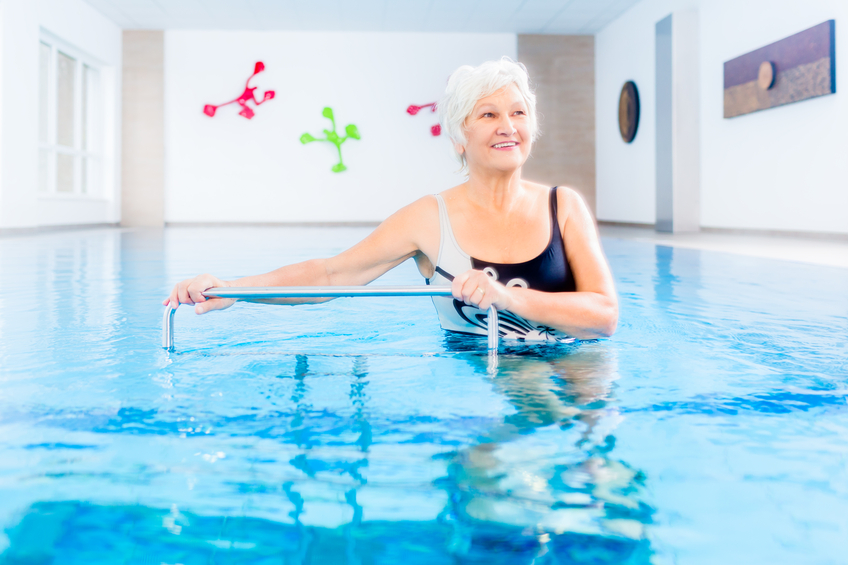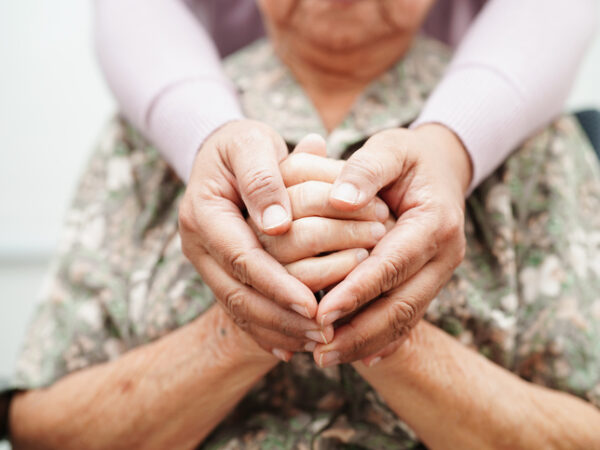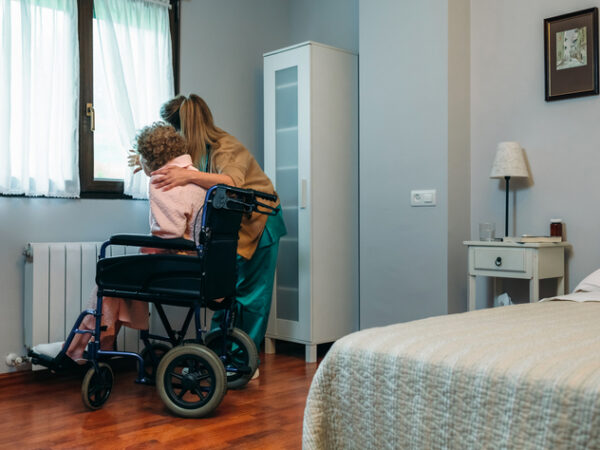Nearly 300,000 Americans over the age of 65 are hospitalized and receive surgery each year as a result of hip fractures. Fall prevention to help prevent hip fractures is important as we age but despite our best efforts, falls do occur and a good recovery strategy can make all the difference in regaining mobility and continuing to lead an active and fulfilling life.
A recent study published in the Journal of General Internal Medicine found that one in two older adults who suffered a hip fracture did not regain the same level of physical activity they enjoyed before the injury. This leaves many elderly people frail and dependent on others for their care, and the odds of a good recovery for the very old, seniors with other chronic health problems and for those with dementia is even worse.
Although the news is not particularly encouraging, it’s important for caregivers to understand the needs a patient may have when returning home. And while a dose of reality is a necessity, there are a number of steps older adults and their caregivers can take to make the most of rehabilitation following a hip fracture.
Patients who continued with a home exercise program following standard rehabilitation after a hip fracture experience improved physical function, according to a study out of Boston University, published in the Journal of the American Medical Association in February 2014. Extended rehabilitation was found to reduce long-term functional limitations, a step in the right direction in avoiding long-term care or death following a hip fracture.
Keeping up with therapy, past the standard rehabilitation time, along with other measures can improve recovery and help seniors continue to live independently.
Tips for a better recovery:
- Use pain as your guide – extra pain is a sign you are overdoing activity
- Follow therapy instructions closely – only do prescribed exercises
- Stick with your rehabilitation – extended home exercise programs can improve function
- Use your therapist as a resource, ask questions!
- Continuing to improve balance, range of motion and strength can help avoid future problems







Add Your Voice
0 Comments
Join the Discussion